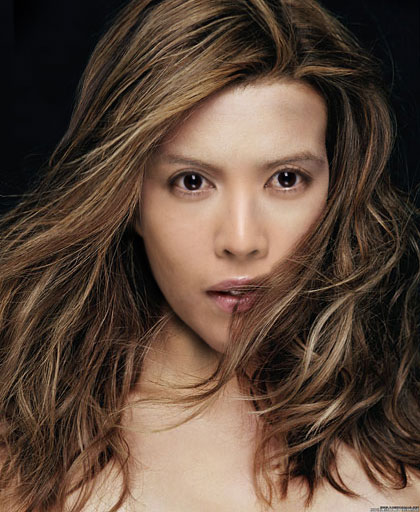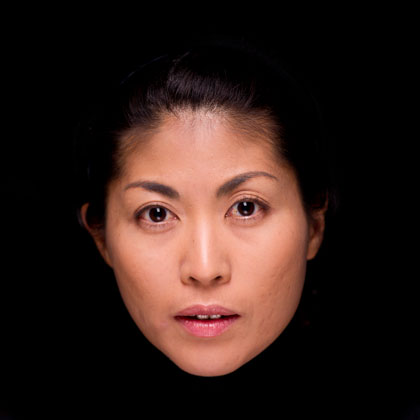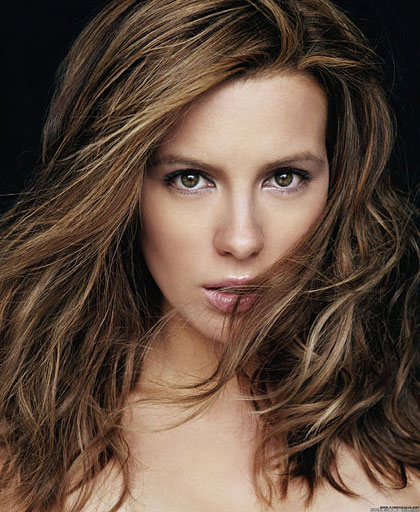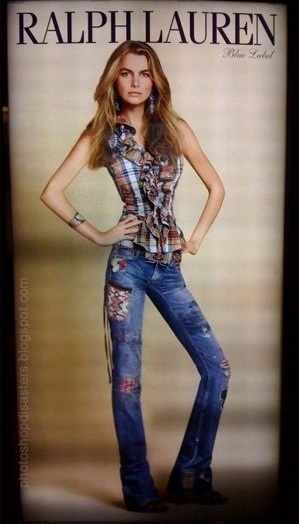Family Reunion with Ancestors
Obon is a 3 day holiday during the summer to honor deceased ancestors in Japan.During this period, family members celebrate the return of ancestral spirits by gathering together, feasting and praying. This practice of honoring the ancestors has been around for centuries. Many Okinawans believe that after people die, they continue to exist in the spiritual world where they sometime continue to exert powerful influences over the living.
Obon is celebrated throughout Japan but the holiday customs differ slightly in Okinawa. The most notable difference is the dates held. In Japan, Obon is usually celebrated from August 13th to 15th each year. However the Okinawa festival dates are set according to the lunar calendar and therefore changes year to year. (On the Lunar Calendar, Okinawan Obon is celebrated July 13-15)
Obon is the most important event in Okinawa, so you have to go back home for family reunion otherwise you make your parents very disappointed. My family normally don’t get along very much with many small/big issues, but during this time, we all unite together and respect the ceremony.
3 Days of Obon (Lunar Calendar, Okinawan Obon is celebrated July 13-15)
1.Unke – The welcoming day. On the evening of the first day of celebration, we make fire to show the pathways to help guide the spirits back home. All doors are open to allow spirits to enter. We decorate the family alter with candles, flowers and offer food such as rice, fruit, sugarcane, tea, awamori and the favorite dishes of the deceased.
2.Nakanuhi – (middle day) finds many family members spending time praying to their ancestors at the family butsudan where as many as three meals may be served throughout the day. Family members may move about during the day travelling from one family to another to pay their respects.
3. Ukui – (final day) serves to escort the spirits back to their world. Families throw lavish farewell dinners. They light incense and offer prayers to their ancestors, asking for protection and forgiveness for any perceived neglect. Another custom is the burning of paper spirit money or uchikabi so that the ancestors will not have any needs upon returning to their realm.
 Here is some slideshow I took during returning my family home for Obon in Okinawa.
Here is some slideshow I took during returning my family home for Obon in Okinawa.
-Photo Slideshow- “Okinawa from my eye”
The song I used for this slideshow is a Okinawan traditional song called “Thinsagu nu Hana” (Flower of Balsam). It is one of most popular song among Okinawa. The song is about a lesson of keeping parent’s precept. It starts with
“Dye your nail with flower of balsome, Dye your heart with your parents’ precept”.
Okinawa is known as a place to respect elder people and deceased ancestors. This custom of “Celebrating Ancestors” is always a key to tie our family. Good tradition.
Reference website: Young Okinawans of Hawaii





















